Plant Physiology - More to Movement than Growth | 9th Science : Living World of Plants - Plant Physiology
Chapter: 9th Science : Living World of Plants - Plant Physiology
More to Movement than Growth
More to Movement than Growth
The flower of Taraxacum officinale (common
Dandelion) blooms in the morning and evening it closes (Photonasty). Ipomoea alba (Moon ower) does
exactly the opposite. They open in the night and hence the name moon
ower and closes in the day time. Just a casual touch is enough to make the Mimosa
pudica (Touch-me-not) leaves fold up and droop (Seismonasty or thigmonasty).
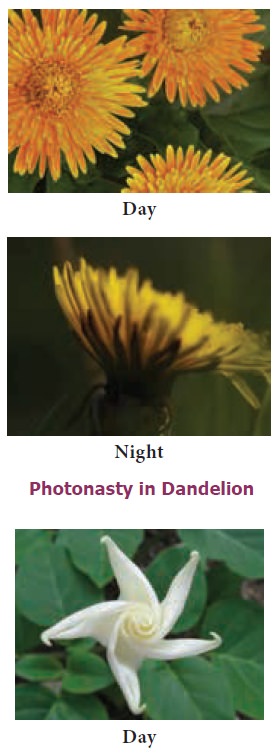
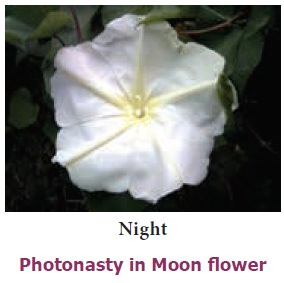
The root and shoot move towards the direction of
the stimuli, whereas the movement of the opening and closing of the flowers are
not directed towards stimuli. Such movements in plants are called as Nastic movements. Unlike tropic
movement, nastic movements are independent of the stimuli direction and may or
may not be growth movement.
Types of Nastic movements
1.
Thigmonasty or Seismonasty – touch - Example: Brunnichia ovata and Mimosa pudica
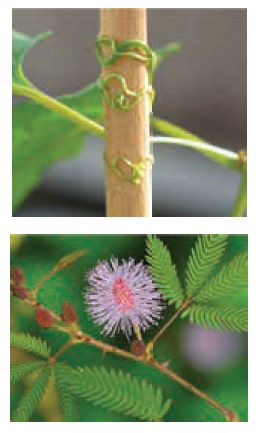
2.
Nictinasty – darkness - Example Leucaena leucocephala
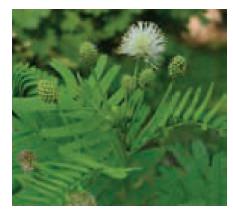
3.
Thermonasty – temperature Example: Tulipa sp
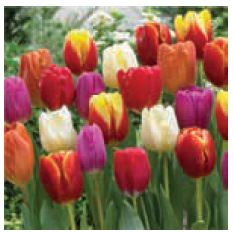
4.
Photonasty – changes in light intensity - Samanea saman
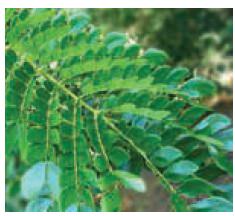
Plant parts move as they have clear adaptive advantages. Roots going down are more likely to find water and minerals they need. Stem growing up and towards light is more likely to get sunlight for photosynthesis and display its flowers prominently for pollinators to arrive. It also has better chance of spreading its seeds (Table 1).
Differences between tropic and nastic movements
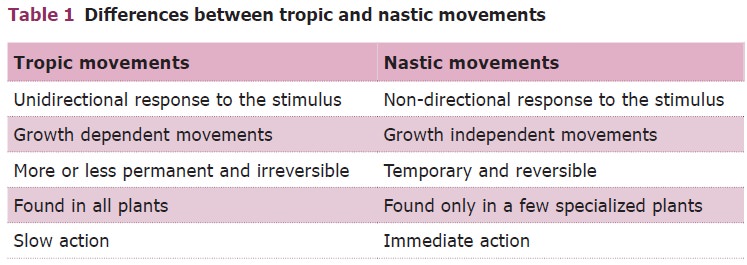
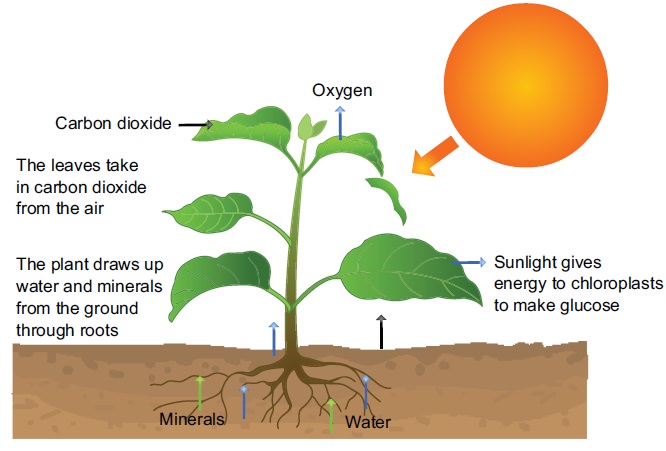
Related Topics